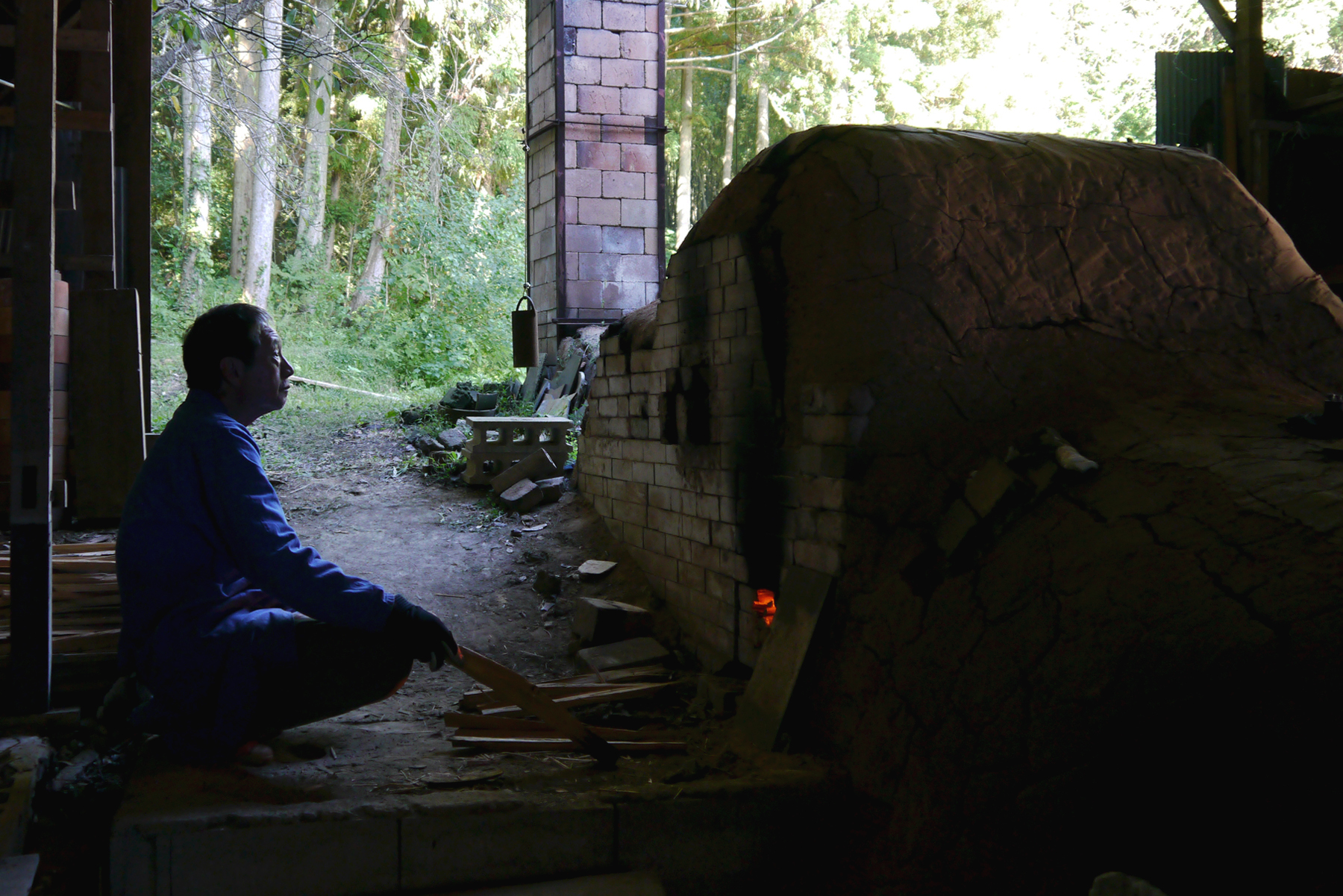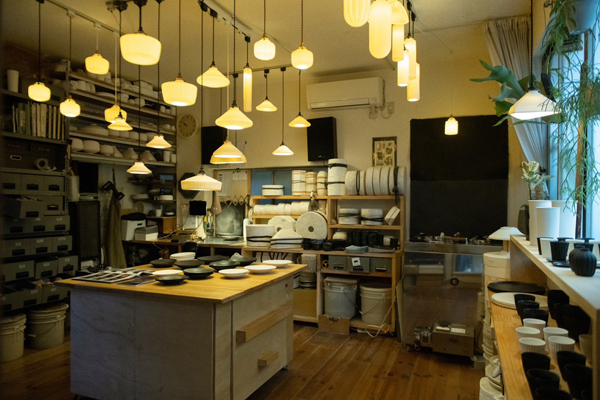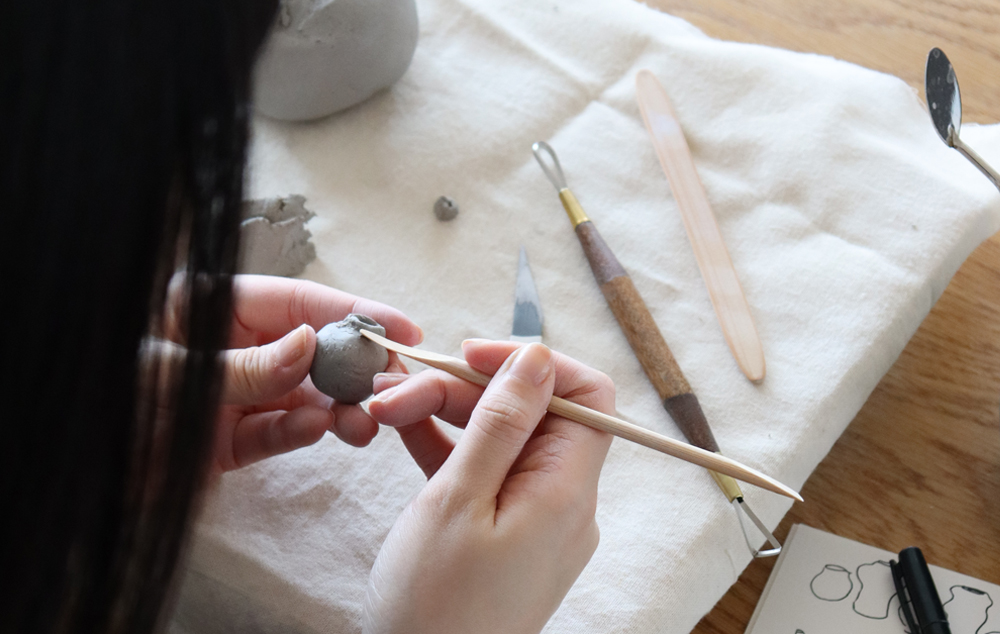Keisuke Iwata | Studio Visit
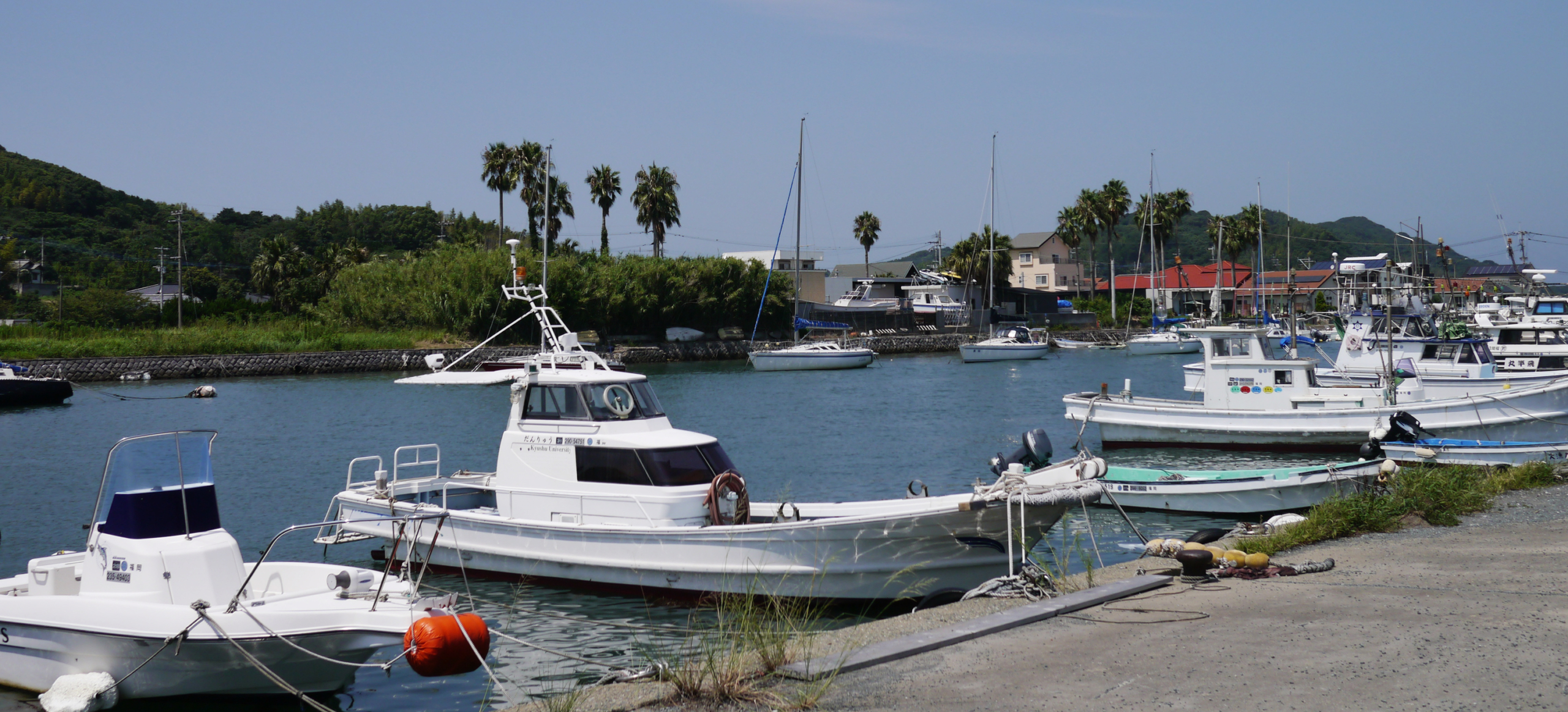
In the quaint fisherman town of Fukutsu, Japan, nestled along the shoreline of the Sea of Japan, we had the rare opportunity to visit the home studio of the celebrated ceramic artist Keisuke Iwata alongside his wife, the assemblage artist Michiko Iwata. Keisuke Iwata’s studio isn’t just a workspace—it’s a reflection of his essence, his memories, and his dedication to craftsmanship. Walking into his studio feels like stepping into the mind of a true artist, a place where time seems to linger, with each object imbued with purpose and history.
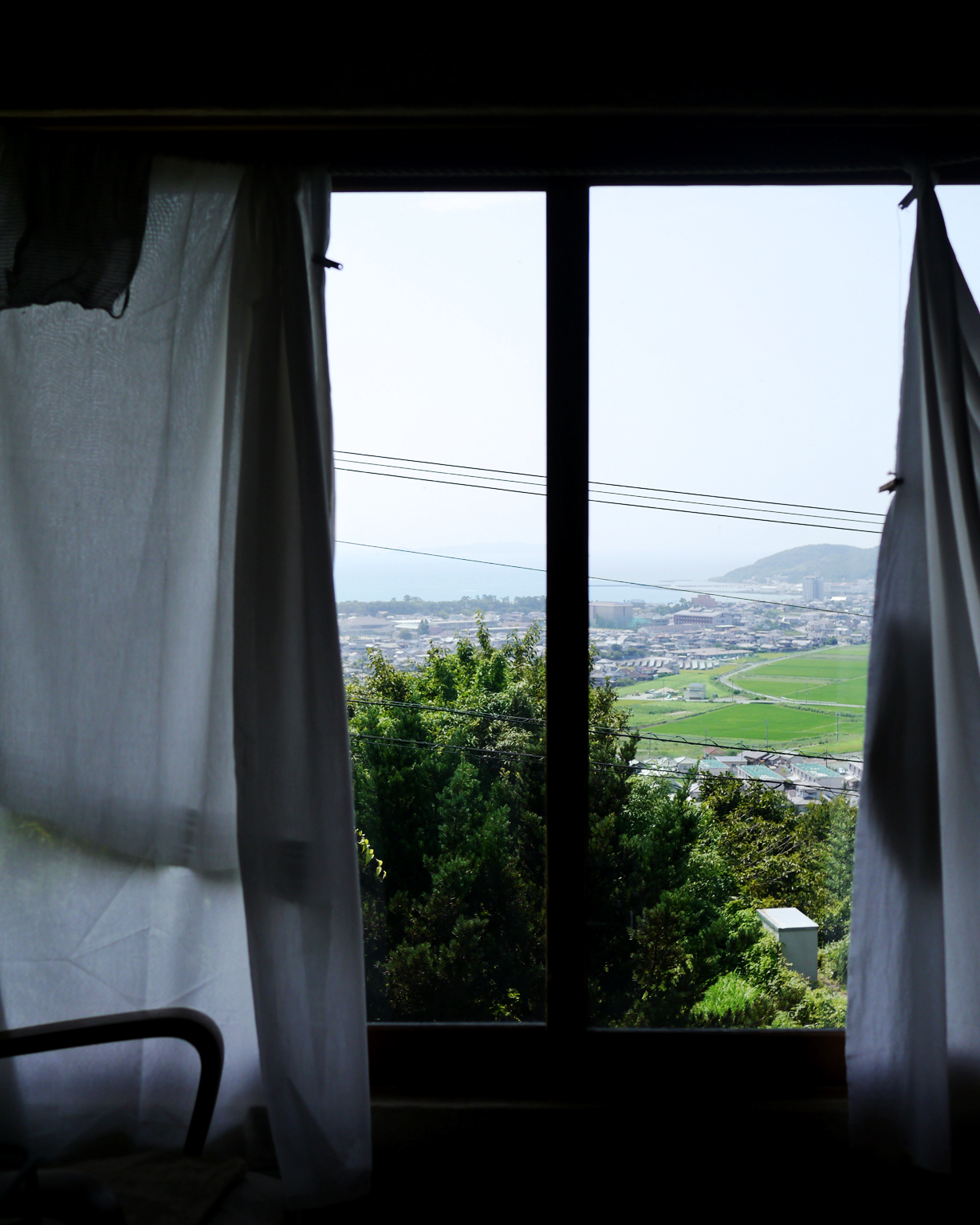
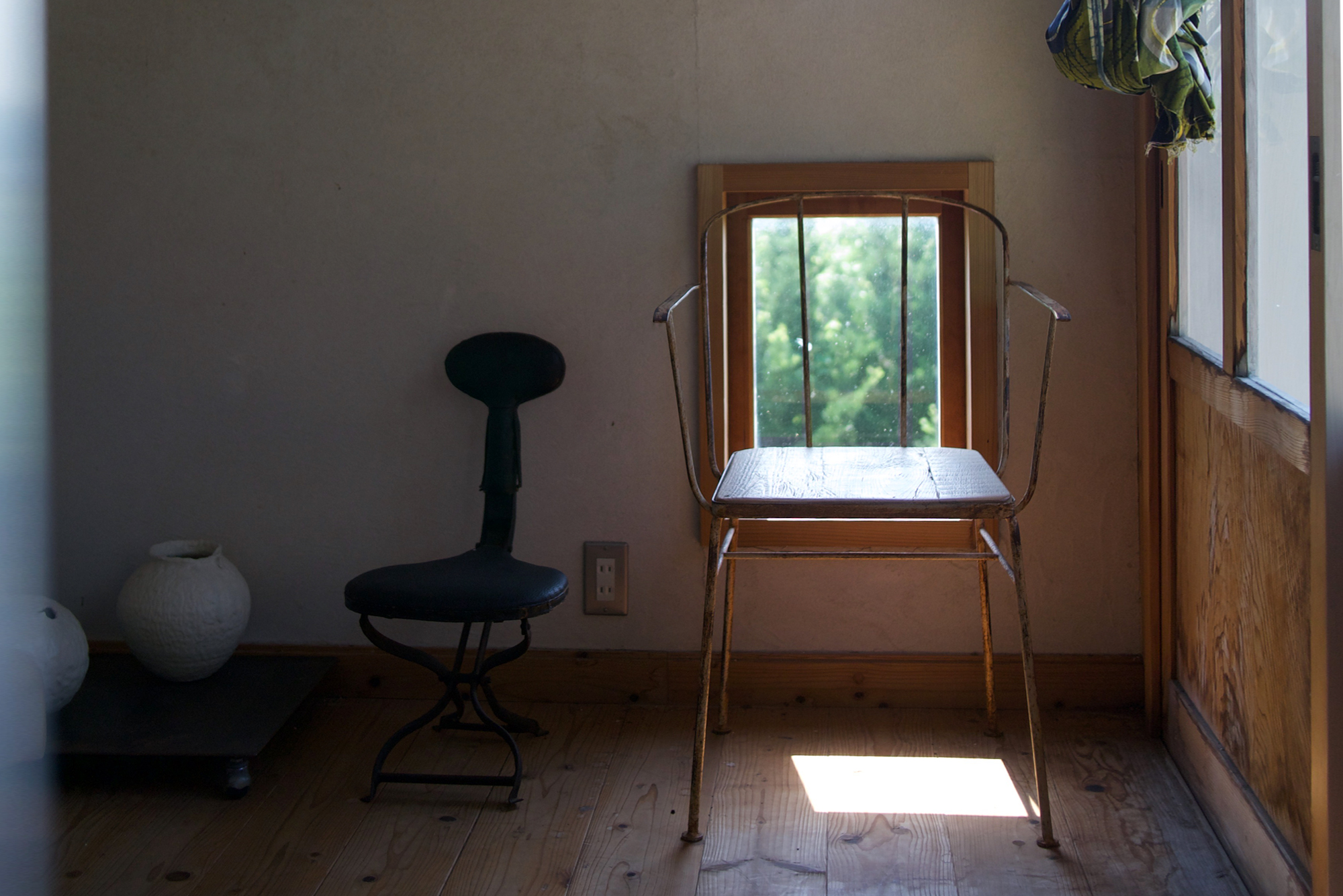

There’s something intimate about witnessing an artist’s personal environment, and Iwata-san’s studio is no exception. His work feels ancient, imbued with the patina of time—and after spending time in his space, I see why. His home is filled with beautifully aged objects that seem to have lived many lives. It’s as if Iwata-san not only makes objects of antiquity but lives with them too.
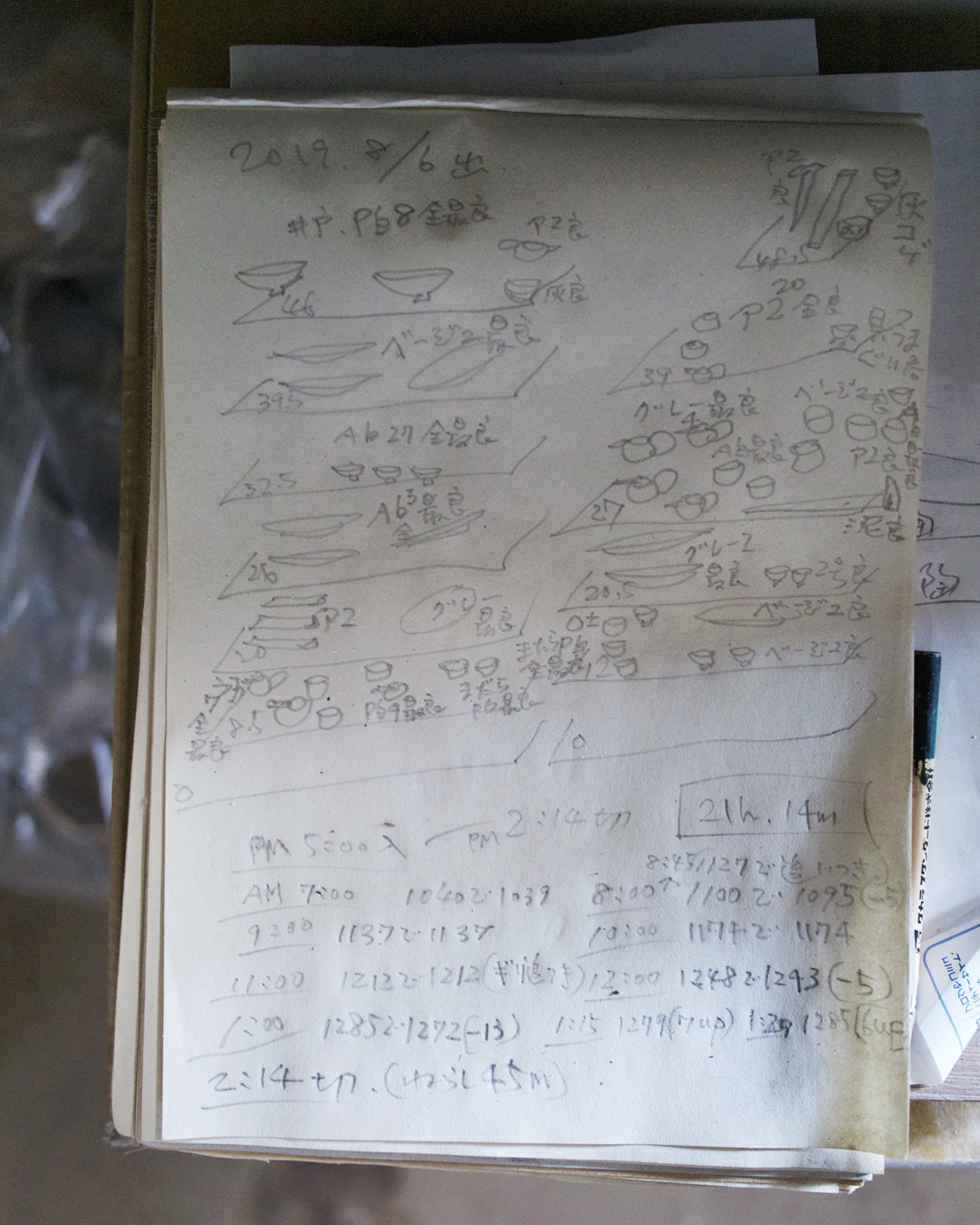

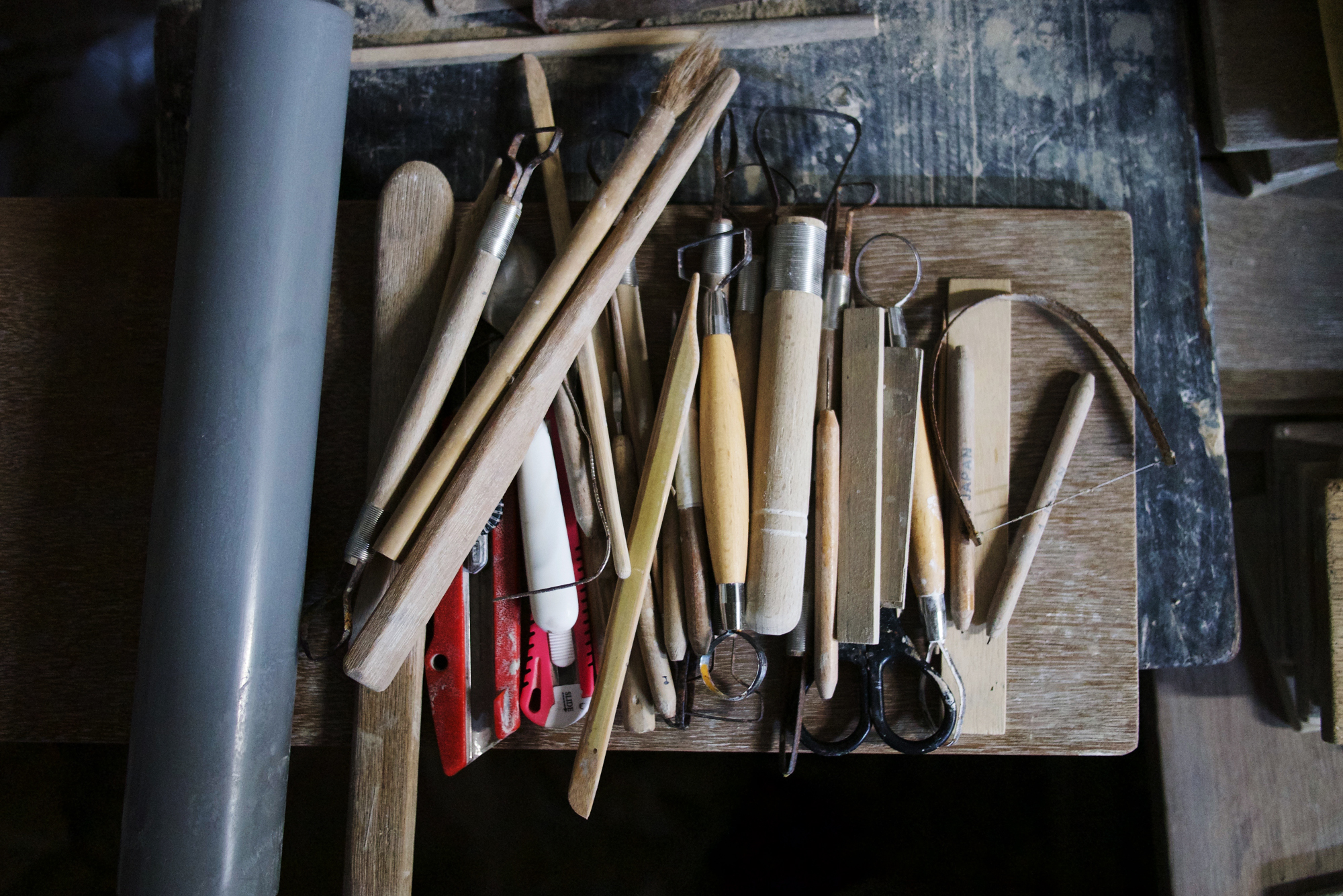
Everywhere you look, there’s evidence of years of devotion: tacked-up papers filled with notes and ideas, memo boards cluttered with thoughts in progress, and tools worn down from years of use. Each mark on his tools tells a story, much like the pieces he creates.
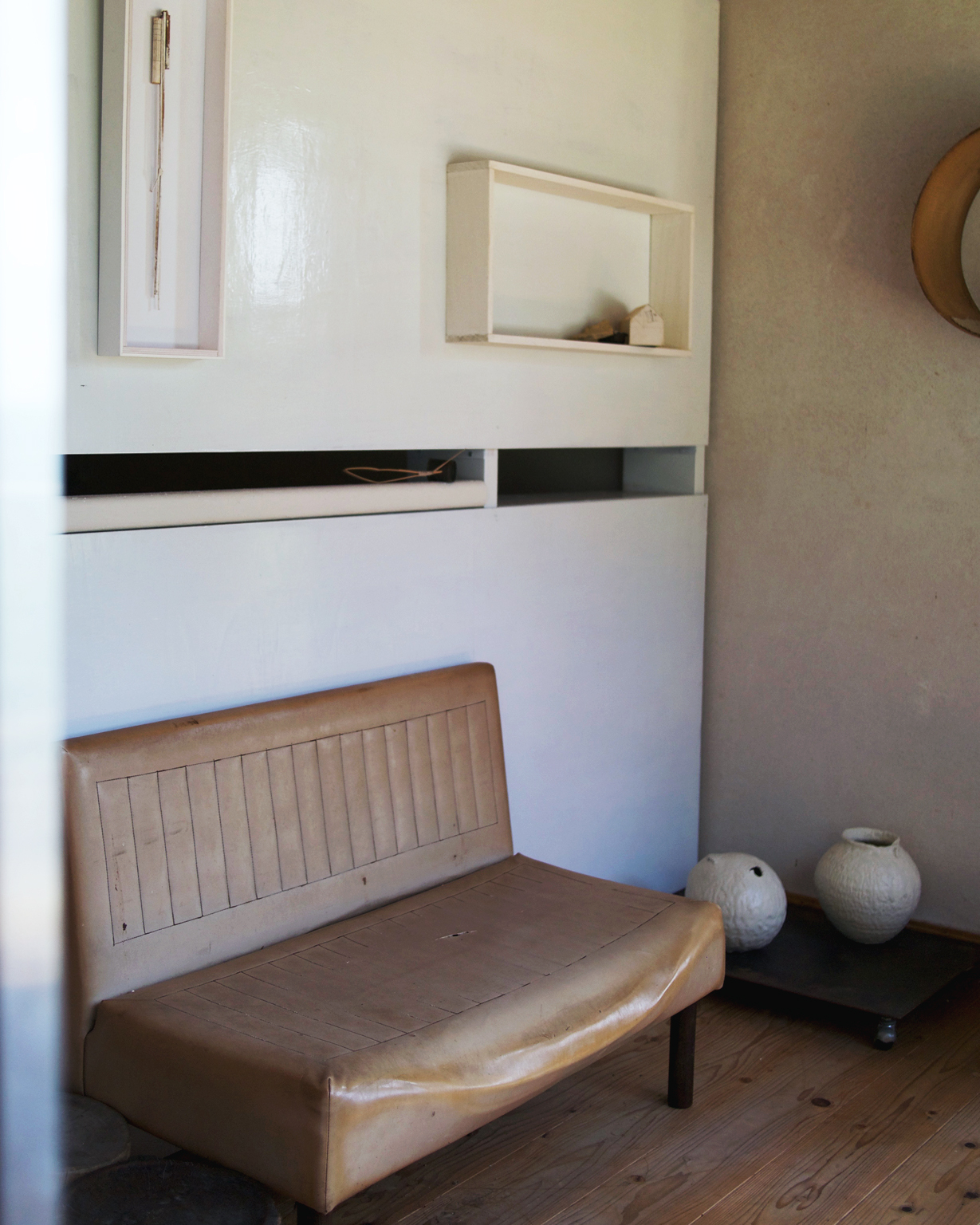
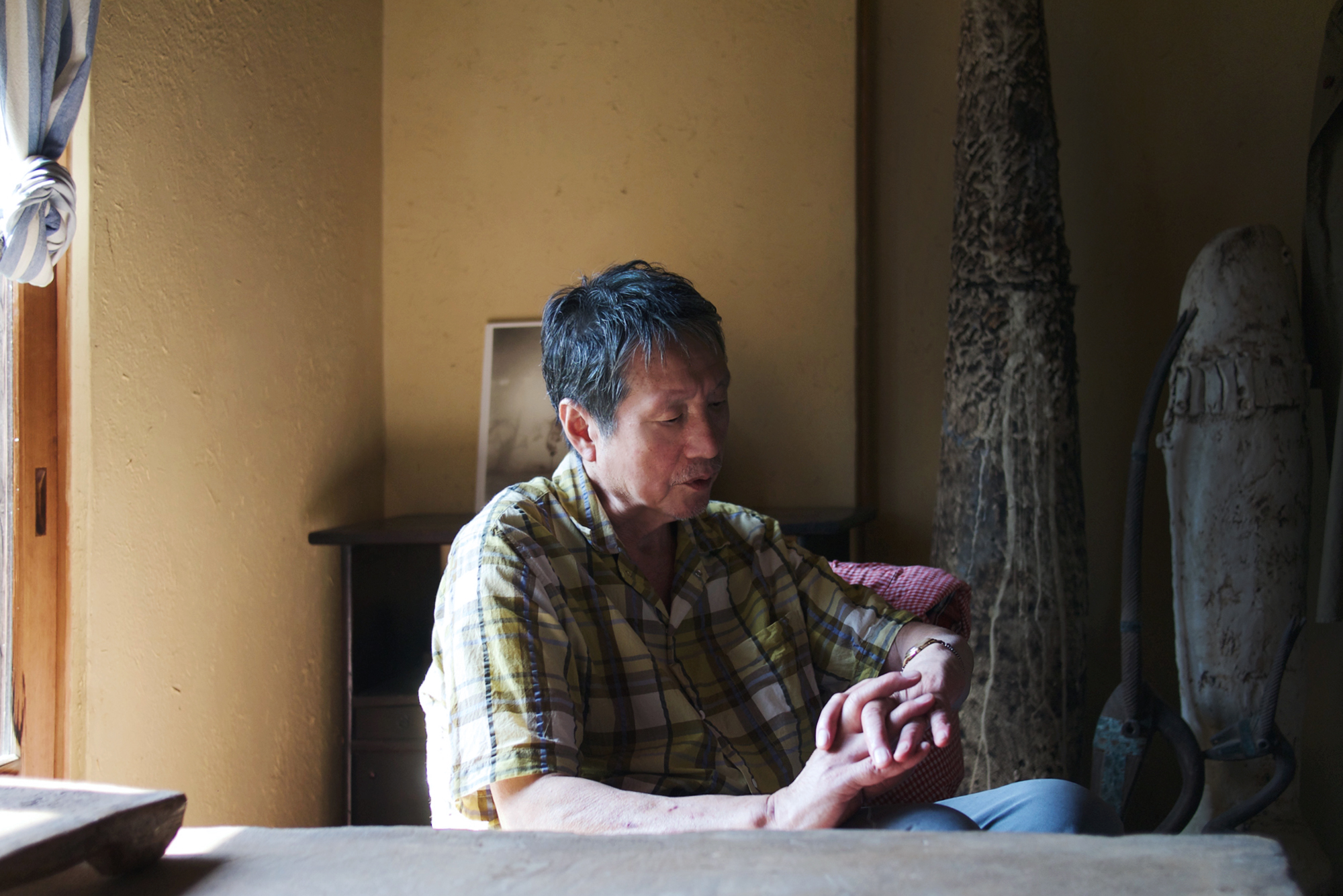
In Keisuke Iwata, there’s a quiet strength, deeply felt. Recently recovering from illness, his presence carries a sense of resilience, a life lived in rhythm with nature and art. The visit to his studio now feels particularly special, knowing the recent trials he’s endured, yet seeing how the beauty of his work remains unchanged. His attitude, much like his work, feels free and unforced, an effortless surrender to the creative process. It’s not about control for him, but about letting things be.
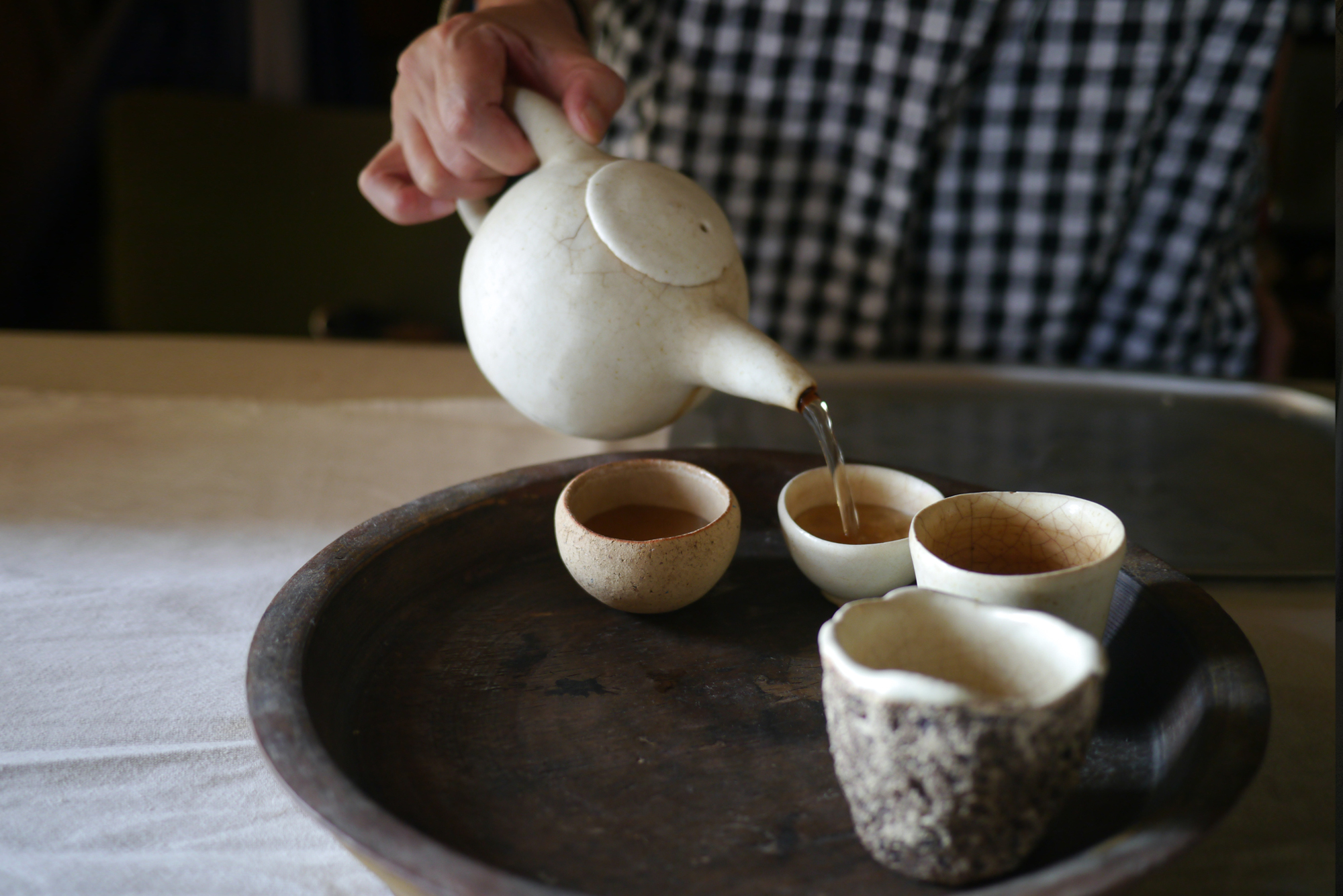
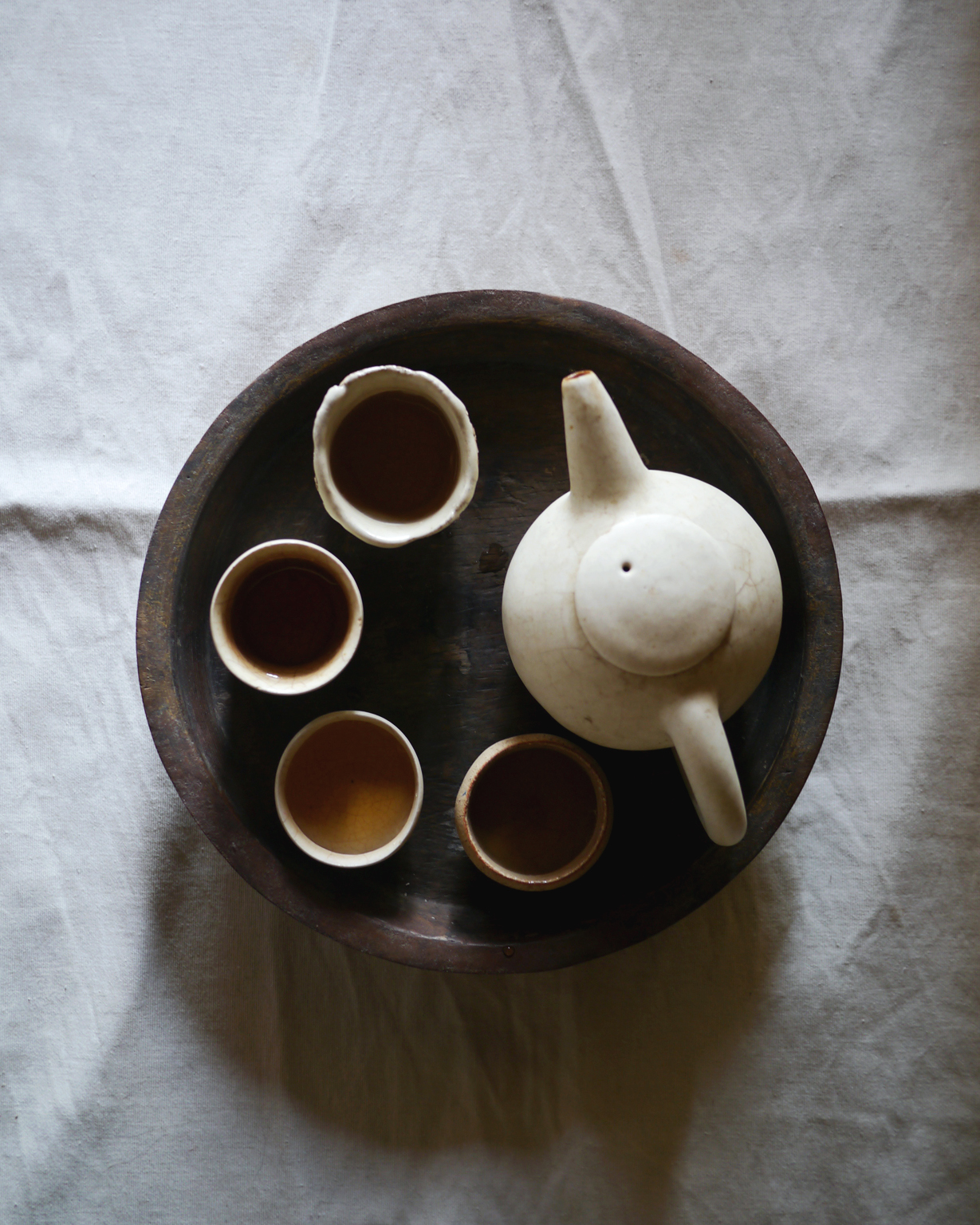
As we sat in his home, Iwata-san welcomed us with warm tea served in his own teapot and teacup, each pour mesmerizingly graceful despite the chunkiness of the pot. Alongside the tea, we were treated to the most incredible grapes—large, crunchy, and so fresh they seemed to burst with flavor. There’s something poetic in the way these simple, yet carefully chosen offerings reflected his work: understated, yet absolutely striking once you experience them.


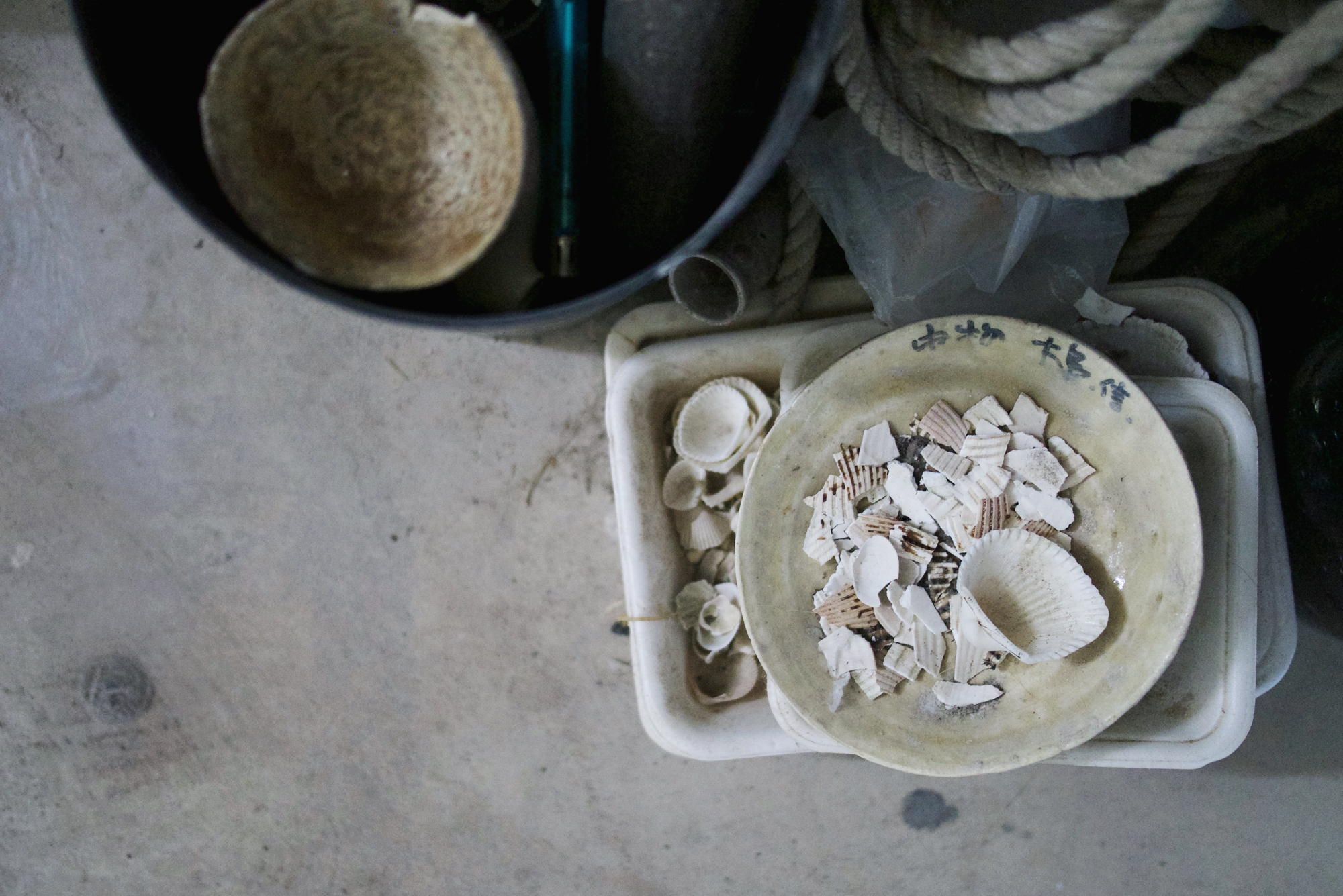
It’s easy to see the imprint of Iwata-san’s surroundings in his work. His studio is spread with shells he’s collected from the shorelines, remnants of the nearby ocean that find their way into his pieces. One particularly beautiful detail that struck me was a seashell imprint hidden on the bottom of a recent piece we received from him. My first thought was, “Why would something so beautiful be placed where no one can see it?” But then I realized perhaps it’s meant to be a secret treasure, known only to the owner.
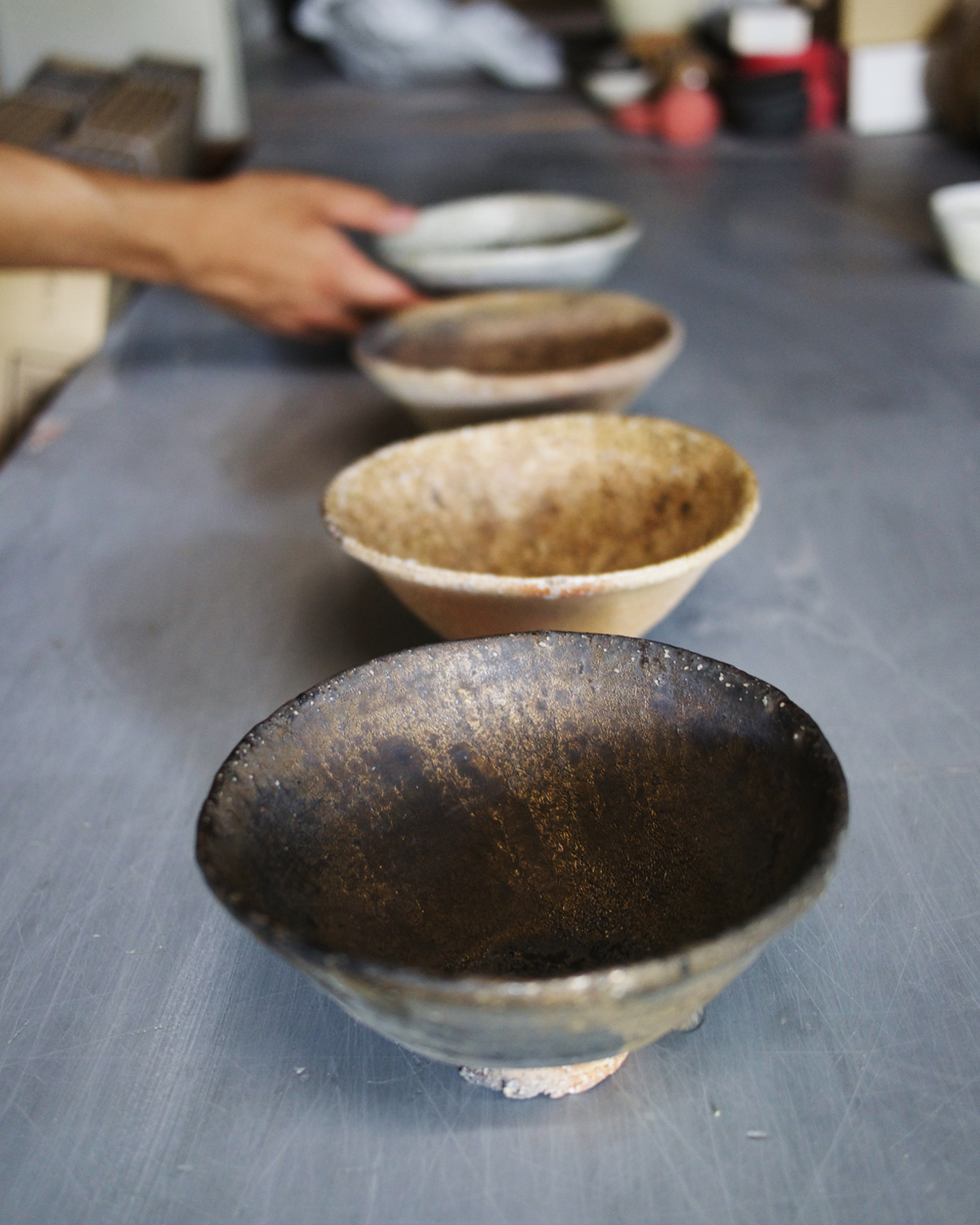
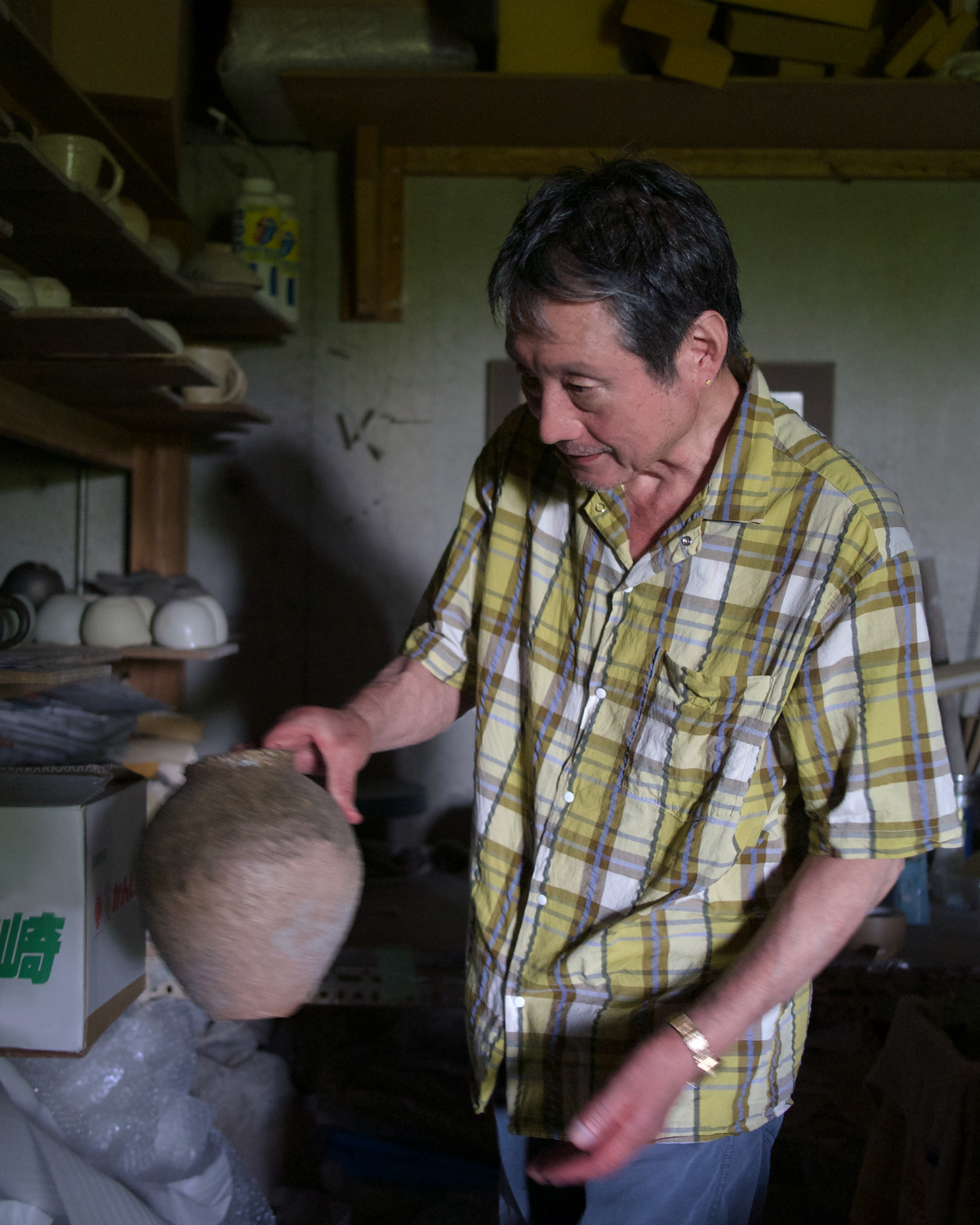
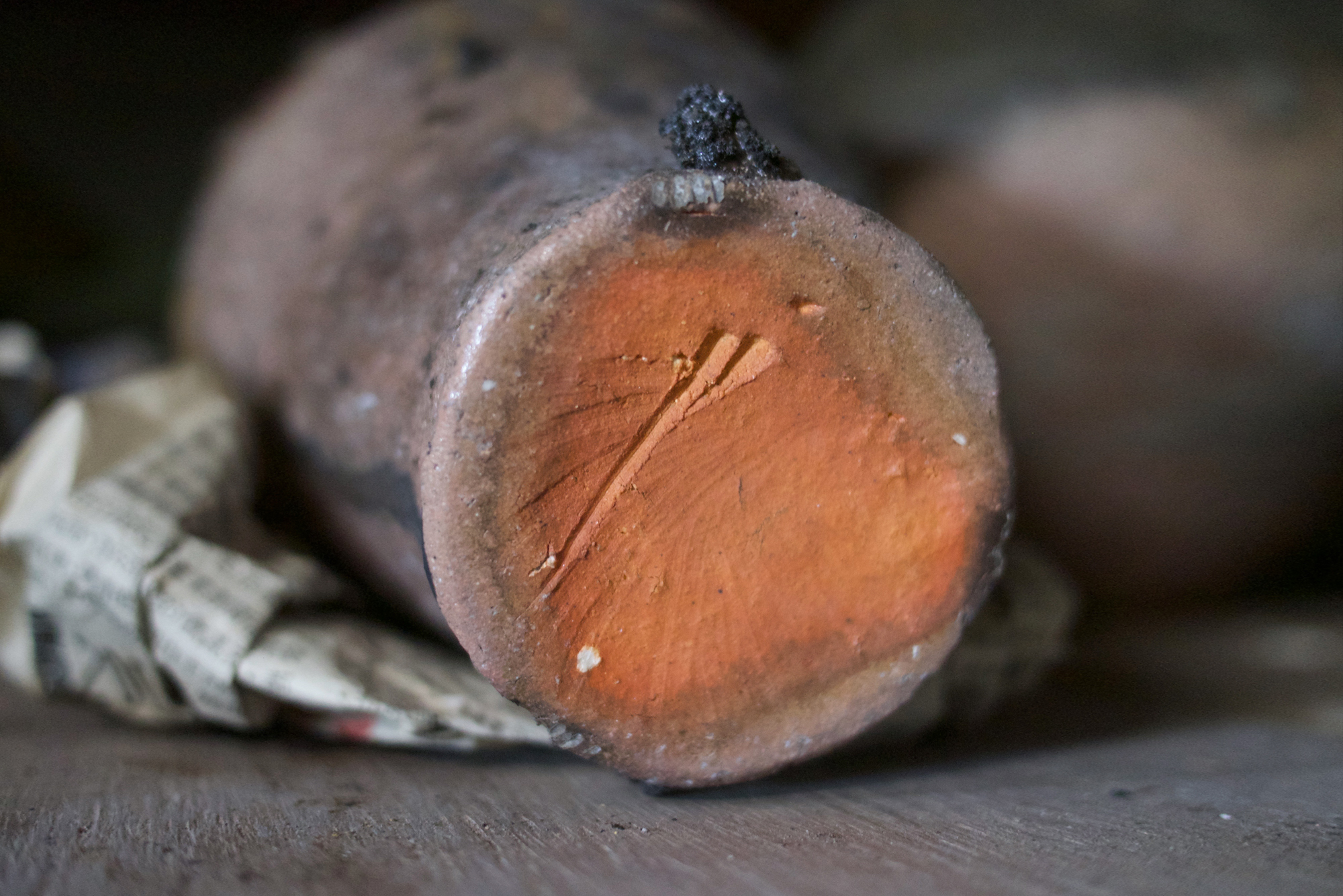

We also see some Anagama pieces, the central focus of the exhibition, that he fires just once a year every November, and small rows of tableware that are fired in his small home studio kiln.

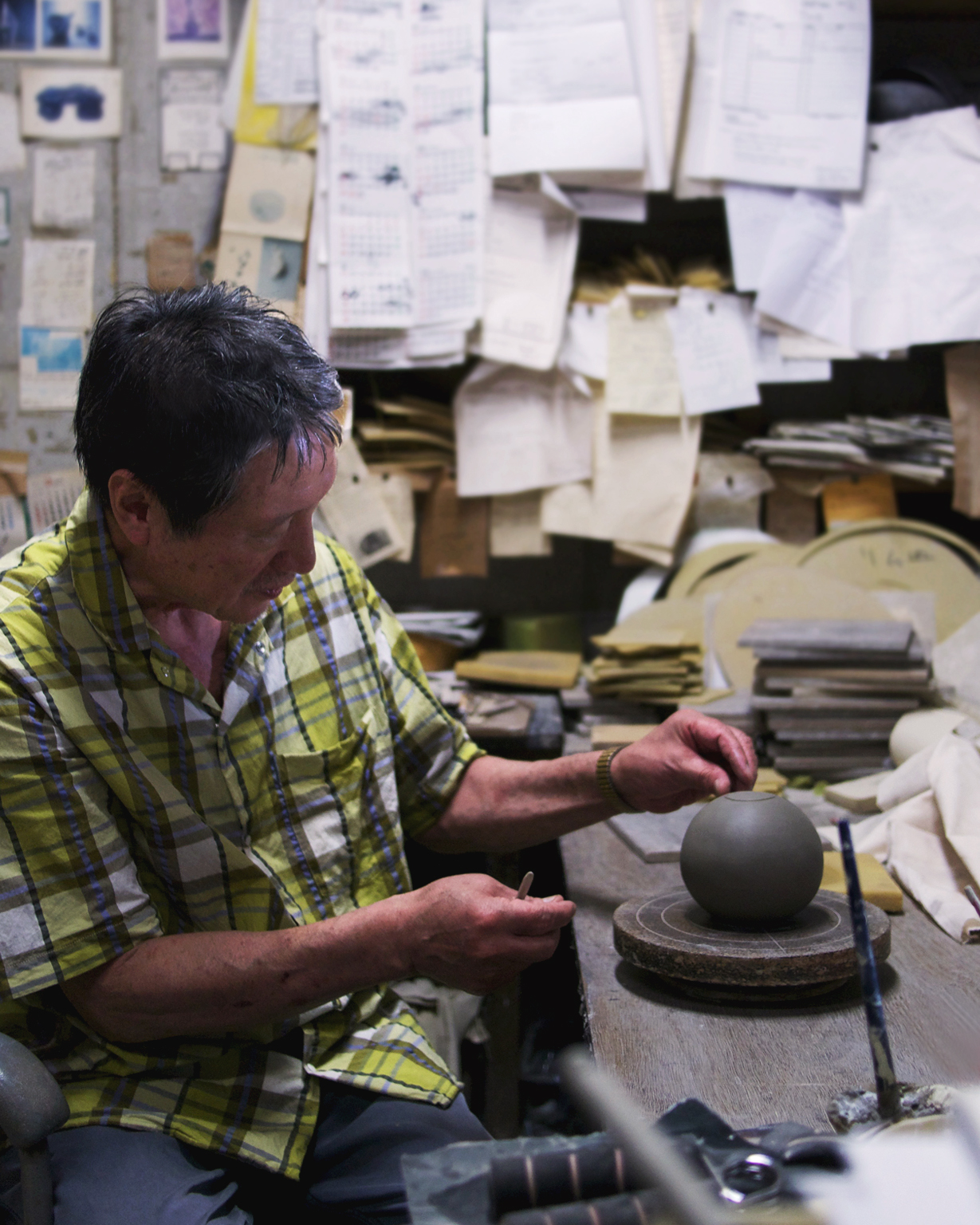
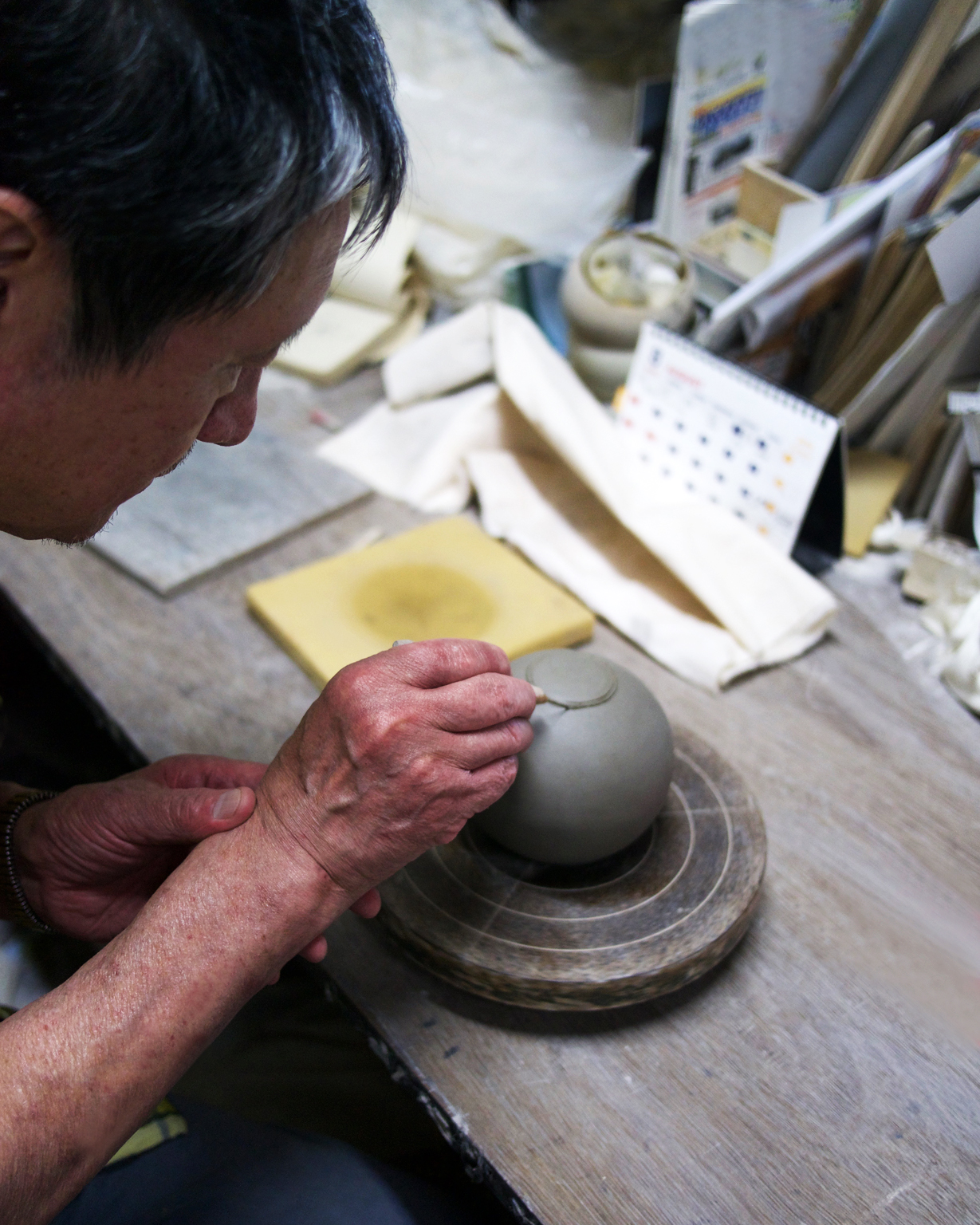
As we now prepare for our upcoming exhibition, Earth and Ember, with new pieces arriving from Iwata-san’s studio in small, sporadic shipments, the weight of this moment grows. Not only is it a rare opportunity to showcase Iwata-san’s stunning new works, but also a rare opportunity for people to meet him in person. His quiet humility, combined with his enduring strength, will surely leave an imprint on those fortunate enough to encounter him in New York.
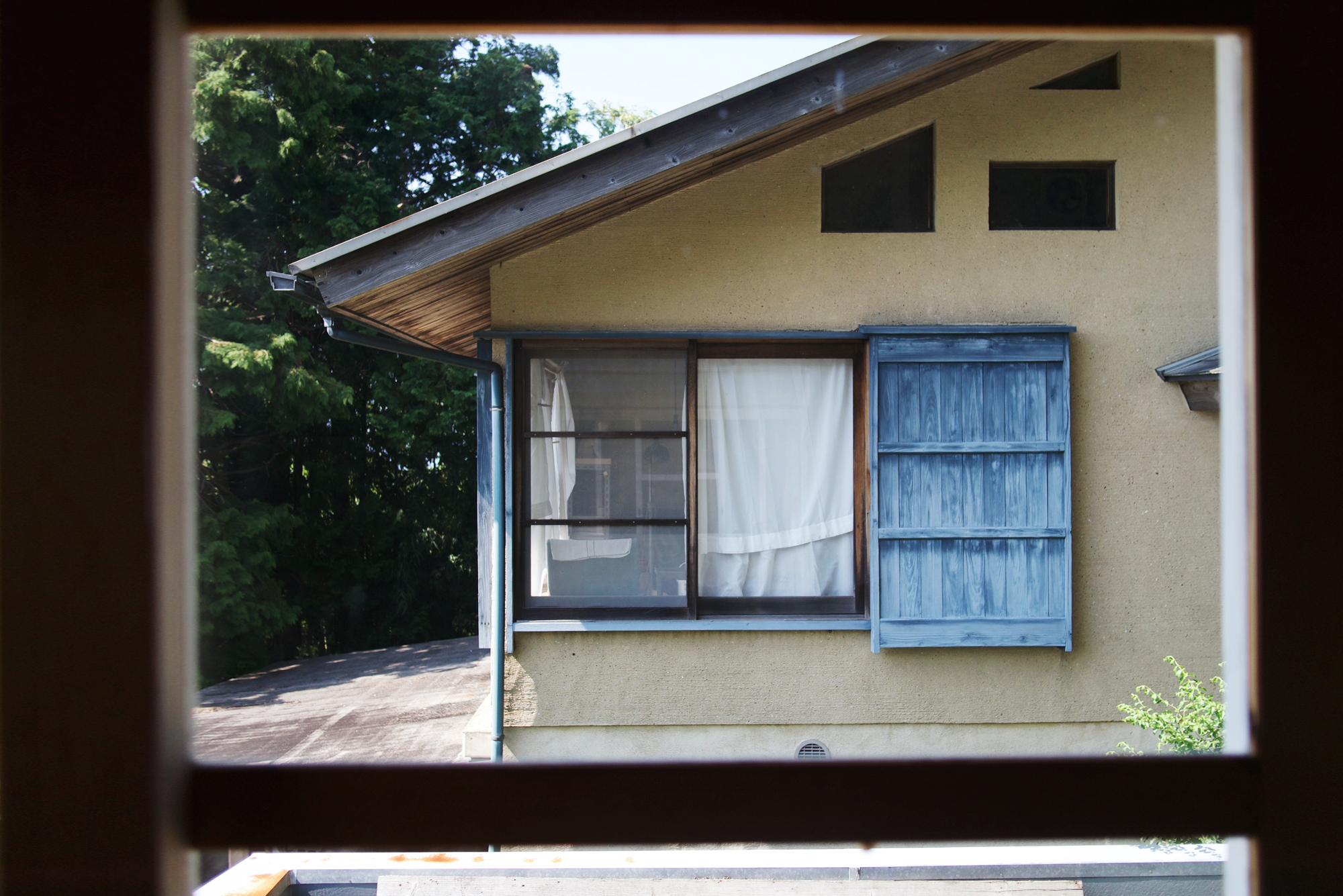
Our time in Keisuke Iwata’s studio offered a glimpse into the beauty of surrender—to time, to nature, and to the unpredictability of creation. A visit as rare as this leaves us with a deep appreciation for the patience and resilience behind his work, which we look forward to sharing in our upcoming exhibition.

